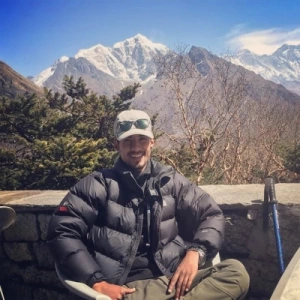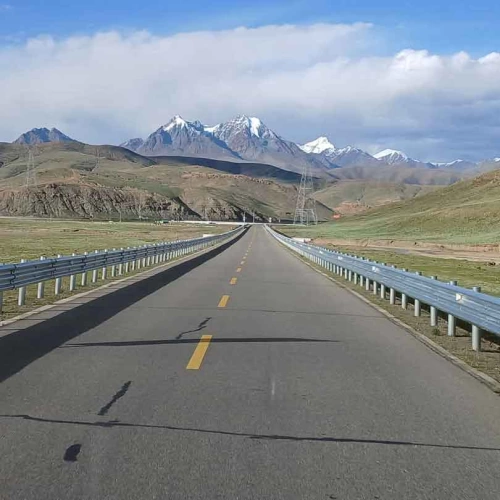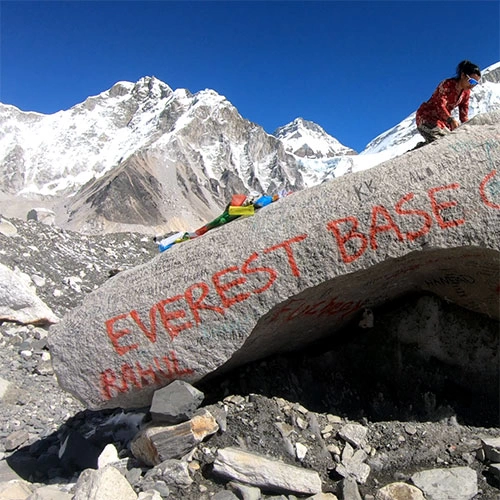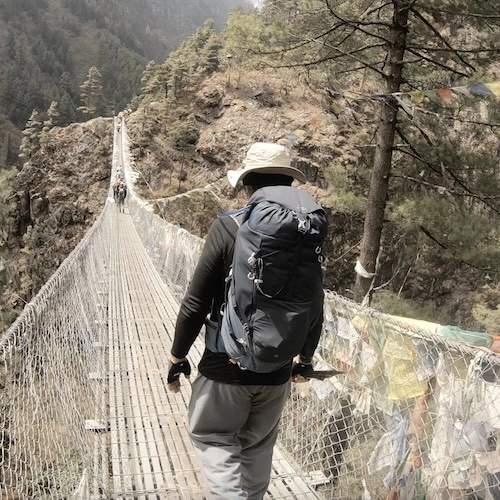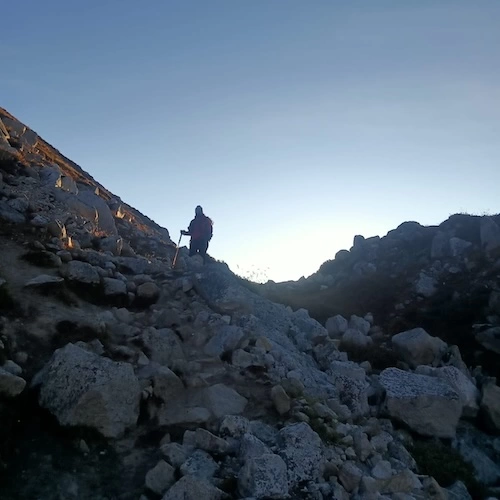A Festival of Lights and Life
Tihar, also known as Deepawali or Yamapanchak, is a five-day celebration honouring various deities, animals, and the bond between brothers and sisters. While often compared to India's Diwali, Tihar distinguishes itself with its unique rituals and emphasis on the relationships between humans, animals, and the divine.
Throughout the festival, Nepal is illuminated with rows of oil lamps (diyas), colourful rangoli designs, and bright electric lights. This creates a magical atmosphere as every corner of the country sparkles and glows, symbolising the triumph of light over darkness and good over evil. For travellers, the visual spectacle of Tihar is mesmerising and offers countless opportunities for capturing stunning photographs and creating lasting memories.
Unique Traditions and Rituals
Each day of Tihar holds its own significance and set of rituals. As a traveller, experiencing these rituals firsthand is a rare opportunity to understand Nepal’s spiritual and cultural depth.
Day 1: Kaag Tihar (Worship of Crows) - The festival kicks off with Kaag Tihar, dedicated to crows, seen as messengers of death in Nepali culture. Families offer food to crows to ward off bad luck and honour them as guardians of life. Observing locals placing food on rooftops and calling the crows is a fascinating introduction to Nepal’s respect for nature and all living beings.
Day 2: Kukur Tihar (Worship of Dogs) - On the second day, dogs are celebrated and treated with garlands, tika (a red mark on the forehead), and special treats. This day highlights the bond between humans and their loyal canine companions. Travellers will find it heartwarming to see dogs of all kinds being honoured and adored by their owners and strangers alike.
Day 3: Gai Tihar and Laxmi Puja (Worship of Cows and Goddess Laxmi) - The third day, being the most significant, involves worshipping cows and the goddess of wealth, Laxmi. Cows are adorned with flowers and fed special meals to honour their sacred status in Hinduism. In the evening, homes are decorated with oil lamps, and families perform Laxmi Puja to welcome prosperity and good fortune. Walking through the streets during this time, you'll see beautifully lit houses and feel the spiritual energy in the air.
Day 4: Govardhan Puja (Worship of Oxen and the Govardhan Mountain) - The fourth day is Govardhan Puja, involving the worship of oxen and celebrating Lord Krishna's victory over the demon king Indra. Different ethnic groups in Nepal have their own variations of this celebration, offering a glimpse into the country’s cultural diversity.
Day 5: Bhai Tika (Celebration of Sibling Bonds) - The final day, Bhai Tika, sees sisters praying for their brother’s long life and happiness, with brothers giving gifts in return and pledging to protect their sisters. This ritual strengthens family bonds and reflects the deep significance of relationships in Nepali culture. Travellers witnessing or participating in Bhai Tika will experience the warmth of familial connections in Nepal.
Local Celebrations and Community Spirit
During Tihar, the streets come alive with music, dance, and community gatherings. Groups of children and young adults sing traditional Nepali songs like “Deusi Bhailo” while visiting homes to bless them with prosperity. In return, homeowners give gifts or money as tokens of appreciation.
For travellers, this communal atmosphere is a chance to interact with locals, participate in cultural activities, and understand the importance of unity and sharing in Nepali society. It's common for villagers and townspeople to invite travellers to join in the singing and celebrations, providing an authentic taste of Nepal’s hospitality.
Experience Nepali Cuisine and Festive Sweets
Tihar is also a time to indulge in traditional Nepali cuisine and sweets. Families prepare special dishes like sel roti, a ring-shaped rice flour bread that is a staple during Tihar. Sweets such as ladoos, barfi, and jalebi are also abundant. Food lovers will relish this opportunity to savour these delicious treats and learn about their cultural significance.
Being in Nepal during Tihar allows you to taste local food prepared with love and shared generously with neighbours and guests, showcasing the essence of Nepali culture and warmth.
Photography and Capturing Unforgettable Moments
For photographers, Tihar is a visual delight. The bright lights, decorated houses, beautifully adorned animals, and vibrant cultural attire provide endless photo opportunities. Whether you’re capturing glowing oil lamps, playful interactions between families and pets, or the joyous Bhai Tika ceremony, Tihar offers a feast of colours, emotions, and cultural symbolism.
A Deeper Understanding of Nepali Spirituality
Tihar is more than just a festival of lights; it's a celebration of life, spirituality, and relationships. Experiencing Tihar as a traveller allows you to gain a deeper understanding of Nepali spirituality and the country’s connection to its religious beliefs and traditions. By taking part in rituals and festivities, you’ll witness the beauty of Nepali culture and appreciate its respect for all living beings and the significance of family ties.
Conclusion: Experience the Tihar Festival with Lets Trek Himalayas
Experiencing Tihar in Nepal is a unique opportunity for travellers to connect with local traditions, enjoy vibrant festivities, and embrace the country’s warm and welcoming spirit. The festival’s diverse rituals, joyful celebrations, and cultural insights offer a deeper appreciation of Nepal’s rich heritage.
With Lets Trek Himalayas, you can plan your visit around the Tihar Festival to make the most of your travel experience. Our team can help integrate this festival into your trekking itinerary, ensuring you get the best of both worlds—adventure and cultural immersion.

